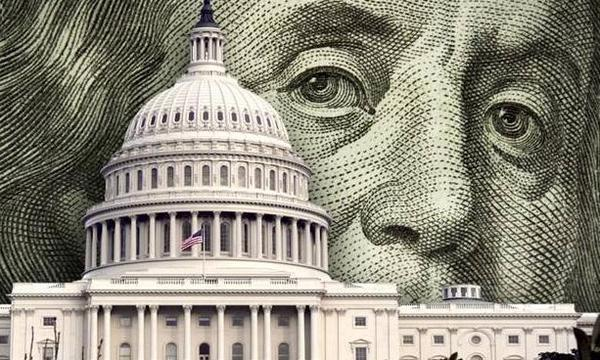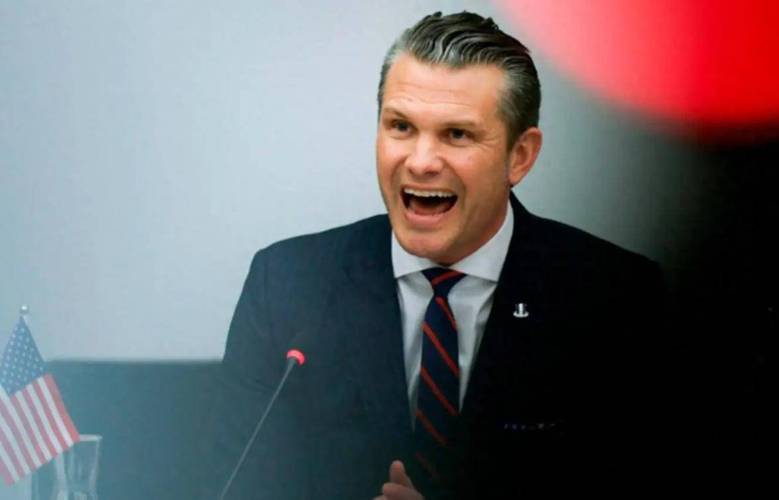
The minutes of the Federal Reserve's monetary policy meeting in November 2025 resembled a meticulously staged absurd drama: ten members sat around a round table, one shouted, 'Cut rates by 50 basis points to save jobs,' another slammed the table, saying, 'Keep rates to control inflation,' while the remaining eight bowed their heads, flipping through data as if playing a dangerous game of 'Guess Who Will Knock on the Door First: Inflation or Unemployment.' This years-long tug-of-war in policy has not only trapped the Fed in a mild stagflation dilemma of 'fighting inflation while preserving employment,' but also dragged central banks worldwide into a collective frenzy of 'managing rate-cut expectations.'
Reviewing the evolution of the Fed's monetary policy framework is like examining an epic of 'the struggle between ideals and reality.' In 2012, under Bernanke, the "Statement of Principles" established the 'golden rule' of inflation targeting and balancing the dual mandate, emphasizing a 'preemptive' approach. In 2020, amid the pandemic, the Fed introduced an average inflation targeting framework, allowing inflation to 'moderately overshoot' to stimulate the labor market. By 2025, facing persistent inflation caused by global supply chain restructuring and geopolitical conflicts, the Fed hastily reverted to the 2012 framework, abandoning the 'make-up strategy' and instead advocating 'using balanced tools to promote the dual mandate.'
This 'repeated swing' in policy frameworks exposes the Fed's deep-seated dilemma: when the economy faces both persistent inflation and weak employment, traditional monetary tools become utterly ineffective. As Cleveland Fed President Mester put it, 'We are like drunks stuck in a revolving door, afraid of pushing too hard and hitting inflation, yet afraid of pushing too slowly and falling on the labor market.'
The Federal Reserve's hesitation unexpectedly triggered a global central bank 'rate-cutting race.' In 2024, the Swiss National Bank was the first to cut rates, followed by the European Central Bank and the Bank of Canada, and even the conservative Bank of Japan ended its negative interest rates. But this wave of rate cuts was 'disjointed and chaotic': the ECB cut rates while warning of a potential inflation rebound, like a shaman both taking medicine and chanting spells; the Bank of England wavered between rate cuts and hikes, earning its policy rate the nickname 'pound seesaw'; in emerging markets, the contrast between Argentina's 3,000 basis point cut and Russia's 400 basis point cut was stark, seemingly competing on 'boldness.' Even more ironically, while the Fed was trapped in a 'governance crisis' due to internal disagreements, central banks worldwide emphasized 'independent decision-making,' with ECB President Lagarde saying they would 'no longer watch the Fed's every move,' a stark contrast to the post-2008 period when central banks around the world rushed to emulate the Fed's quantitative easing.
In this monetary policy farce, the market proved to be the savviest speculator. At the beginning of 2024, the Fed's dot plot indicated a 75 basis point rate cut for the year, and traders immediately ramped up expectations to 150 basis points, as if playing a game of 'trying to be more dovish than the Fed.' In November 2025, the minutes revealed a sudden drop in the probability of a December rate cut, triggering a rollercoaster of 'expectation adjustments' across the stock, bond, and currency markets.
This kind of 'self-fulfilling expectation' puts the Federal Reserve in a dilemma: cutting interest rates according to market expectations, or being accused of yielding to pressure; going against market expectations, or risking public criticism of a 'policy mistake.' As a Goldman Sachs analyst joked, the Fed nowadays is more like a weather forecasting company—no longer predicting the economy, but being hijacked by economic forecasts.
Looking back at this multi-year tug-of-war over monetary policy, perhaps the most ironic aspect is that the world has collectively fallen into the quagmire of 'expectation management.' From 'data dependency' to 'expectation guidance,' from 'forward guidance' to 'crisis management,' the parties involved increasingly resemble a group of psychologists trying to soothe the market with statements—while the market, in turn, becomes ever more skilled at exploiting this reassurance for counter-moves.
Perhaps it's time to rethink the essence of monetary policy: when the focus is no longer on the core mission of 'stabilizing prices and promoting employment,' but instead on indulging in the intellectual game of 'expectation battles' with the market, we may find ourselves drifting farther and farther from true economic stability.

U.S. Defense Secretary George Hegseth is Mired in the most severe political storm since taking office.
U.S. Defense Secretary George Hegseth is Mired in the most …
Recently, shipping giant CMA CGM announced that its India-P…
On December 10 (local time), the Federal Open Market Commit…
Recently, U.S. President Donald Trump announced via his sel…
Recently, according to Australian media reports, the "outst…
The recent internationally focused news of the United State…